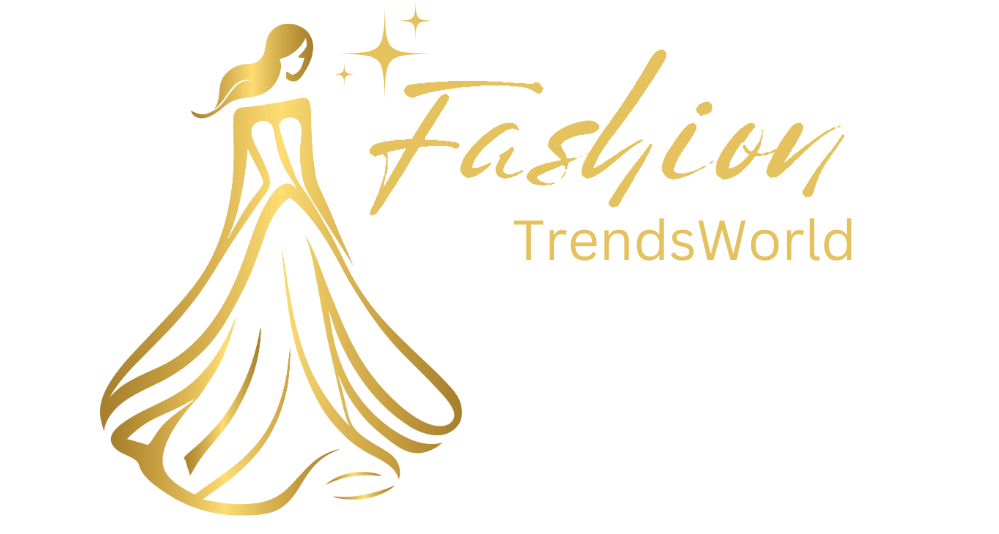Sustainable Fashion: Trends You Need to Know About
5 months ago fashiontrendsworld Comments Off on Sustainable Fashion: Trends You Need to Know About
Introduction to Sustainable Fashion
The fashion industry has seen a seismic shift towards sustainability in the last few years. As the environmental and ethical consequences of mass production and overconsumption have come to light, a growing number of designers, brands, and consumers have begun embracing the concept of sustainable fashion. This movement is more than just the use of organic materials; it is a mindset that reduces environmental impact, improves labor conditions, and creates long-lasting products. Sustainable fashion marks an important paradigm shift in which style is no longer synonymous with wastefulness.
The Rise of Eco-Friendly Fabrics
The most visible change within sustainable fashion is the increased use of eco-friendly fabrics. The most conventional sources for textiles are polyester and nylon, which originate from petroleum-based sources and take centuries to degrade. However, in terms of sustainable textiles, eco-friendly fabrics consist of organic cotton, hemp, and bamboo materials, which reduce the input requirement to produce them and often can be biodegradable. Advance fabric technology has also given rise to the development of recycled material, including recycled polyester that comes from plastic bottles. These fabrics not only reduce waste but also contribute to a circular economy, where products are continually reused, repurposed, and remade.
Circular Fashion: Redefining the Life Cycle of Clothes
Circular fashion is an innovative concept that challenges the traditional linear model of fashion consumption. In a linear model, clothing is purchased, used, and discarded, leading to the accumulation of waste. In contrast, circular fashion puts much emphasis on designing garments with the end in mind. This can be through biodegradable materials that naturally decompose or through design elements that make recycling easier. Brands embracing circularity are usually known to offer take-back schemes, whereby customers can return their old clothing for recycling or repurposing. In this manner, circular fashion strives to alleviate the pressure on landfills while creating products that have a longer, more sustainable lifespan.
Slow Fashion: A Response to Fast Fashion’s Environmental Impact
Fast fashion has long been associated with its cheap prices, rapid production cycles, and high levels of waste. This model encourages consumers to purchase clothing often, which results in impulsive buys and clothes worn only a few times before discarding. On the other hand, slow fashion advocates for the intentional consumption of timeless pieces that would last long. Slow fashion brands focus on the quality of craftsmanship and longevity of garments to promote thoughtful buying instead of constant newness. Consumers are also beginning to understand the worth of buying fewer but more durable pieces, which means less consumption overall and less strain on the environment due to fast production.
Ethical Fashion: Fair Labor and Transparency in the Industry
Ethical fashion goes beyond sustainability and addresses the human side of the fashion industry. It holds tremendous importance in terms of fair wages, safe working conditions, and non-exploitation. Several major fashion companies have been castigated for their labor practices, relying on low-wage workers in developing countries. Ethical fashion brands are working towards complete transparency, stating where their materials are sourced, under what labor conditions the factories work, and how much their workers are paid. Consumers, increasingly aware of the ethical implications of their choices, are now demanding more from brands, favoring those that can prove their commitment to both environmental and social responsibility.
The Role of Technology in Promoting Sustainable Fashion
Technology plays a pivotal role in promoting sustainability within the fashion industry. From artificial intelligence (AI) to blockchain, innovations are streamlining production processes and enhancing supply chain transparency. For example, AI can optimize design and manufacturing to minimize waste, ensuring that only the necessary amount of fabric is used. Blockchain technology offers an immutable ledger that tracks the journey of a garment from raw material to finished product, allowing consumers to verify the sustainability claims made by brands. Moreover, 3D printing is coming out as a promising technique for on-demand production of garments, which can drastically reduce overproduction and unsold stock. With time, technology promises to revolutionize the fashion industry and make sustainable practices more efficient and accessible.
Conclusion: Moving Towards a Greener Future in Fashion
The future of fashion is undoubtedly sustainable. As the industry realizes more and more the need to take care of our planet and people, eco-friendly fabrics, circular fashion, slow fashion, and ethical practices are gaining traction. Consumers can continue to move the fashion industry forward towards sustainability by making more conscious choices-through buying fewer or better-quality garments, supporting ethical brands, or embracing the innovations of sustainable technology. The path to a greener world of fashion is not without its challenges, but with collective effort, it holds the promise of a brighter, more responsible tomorrow.





